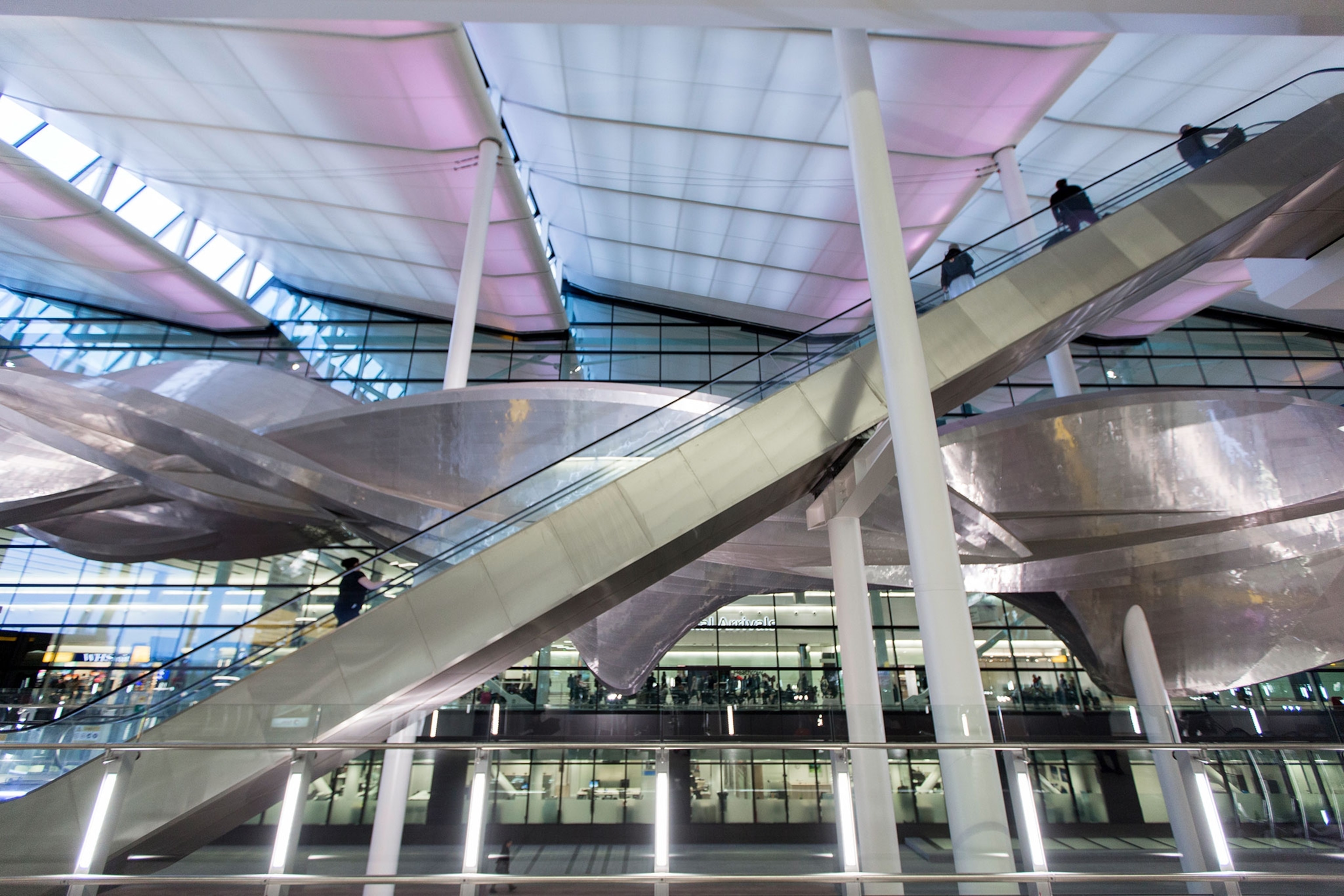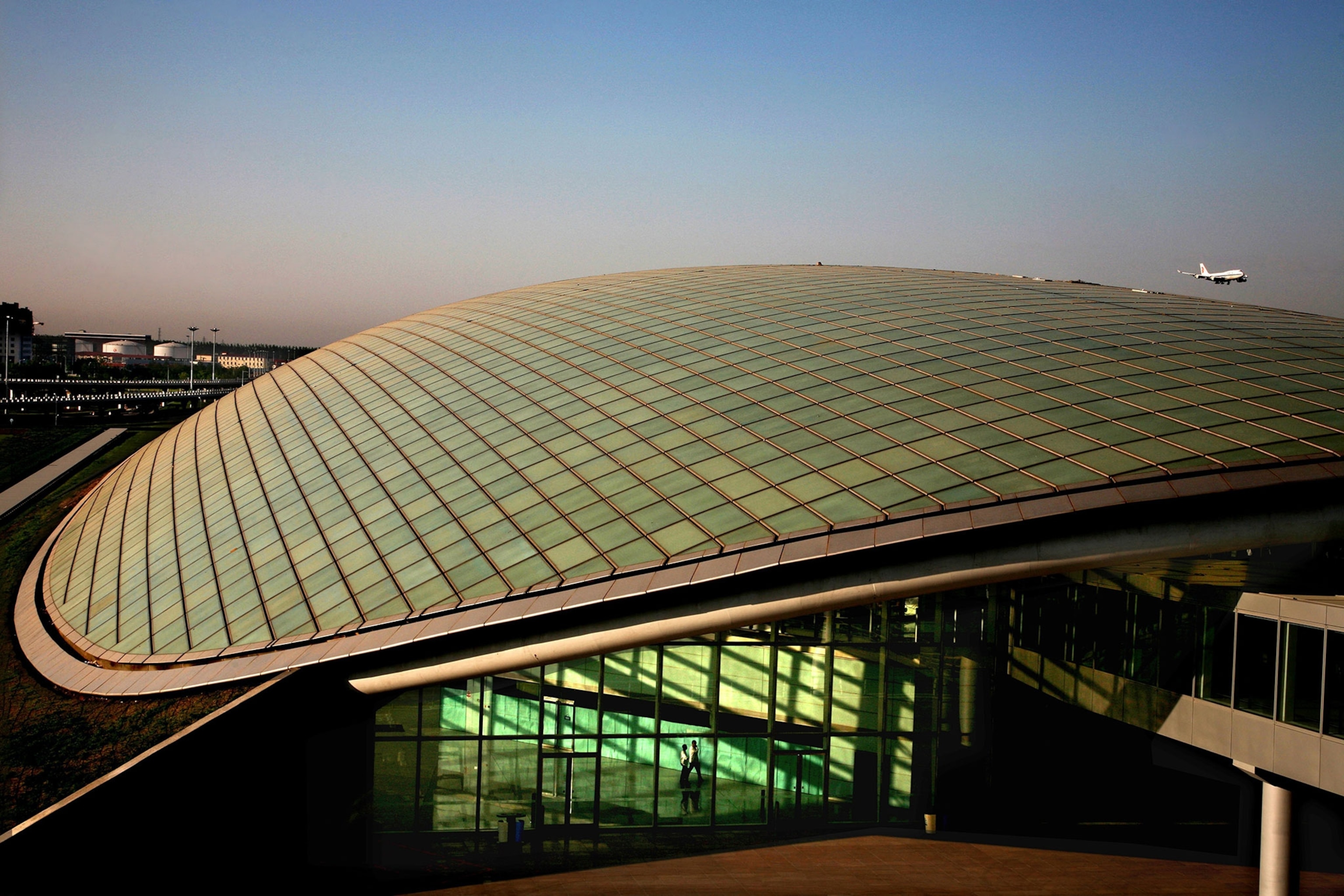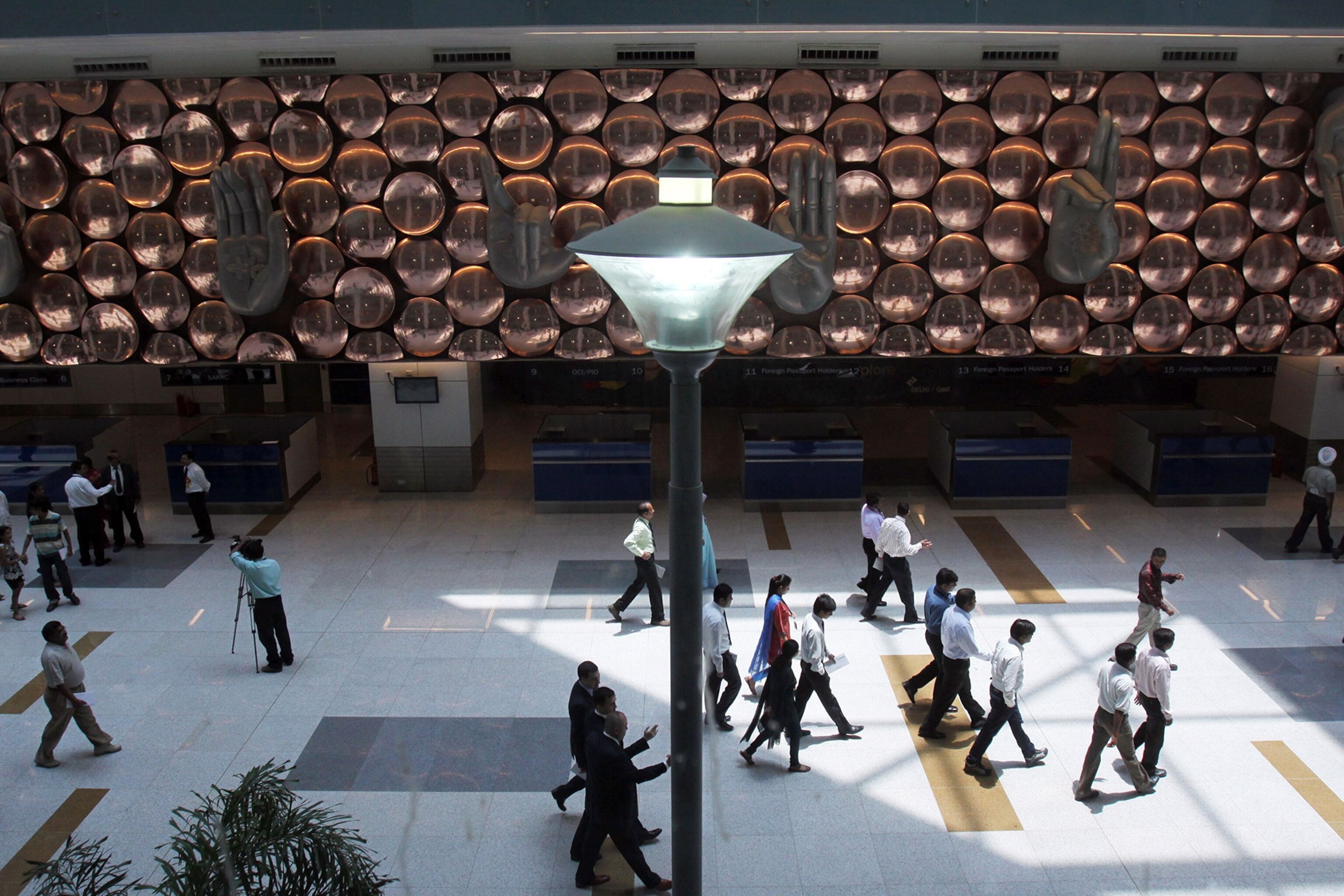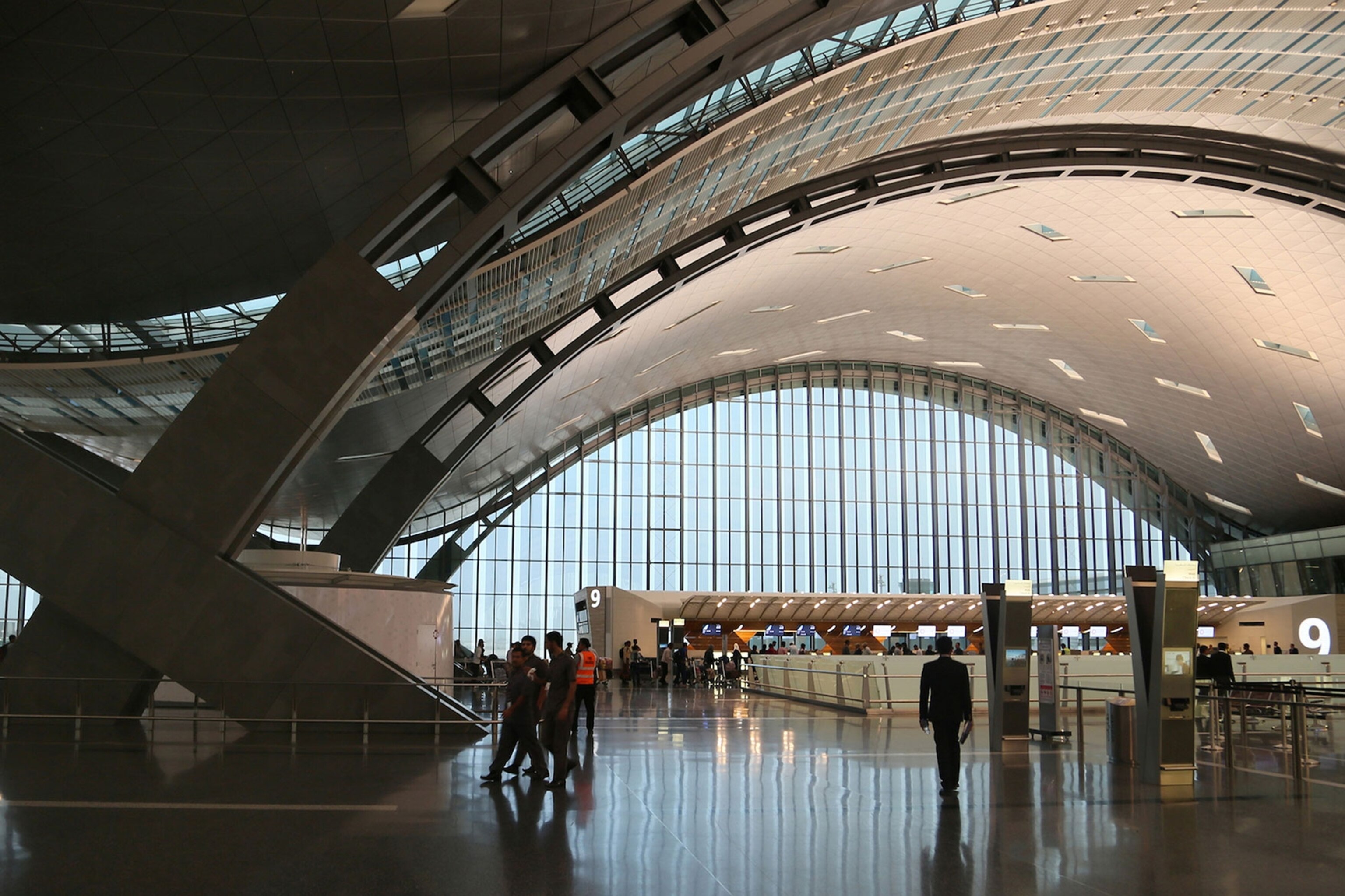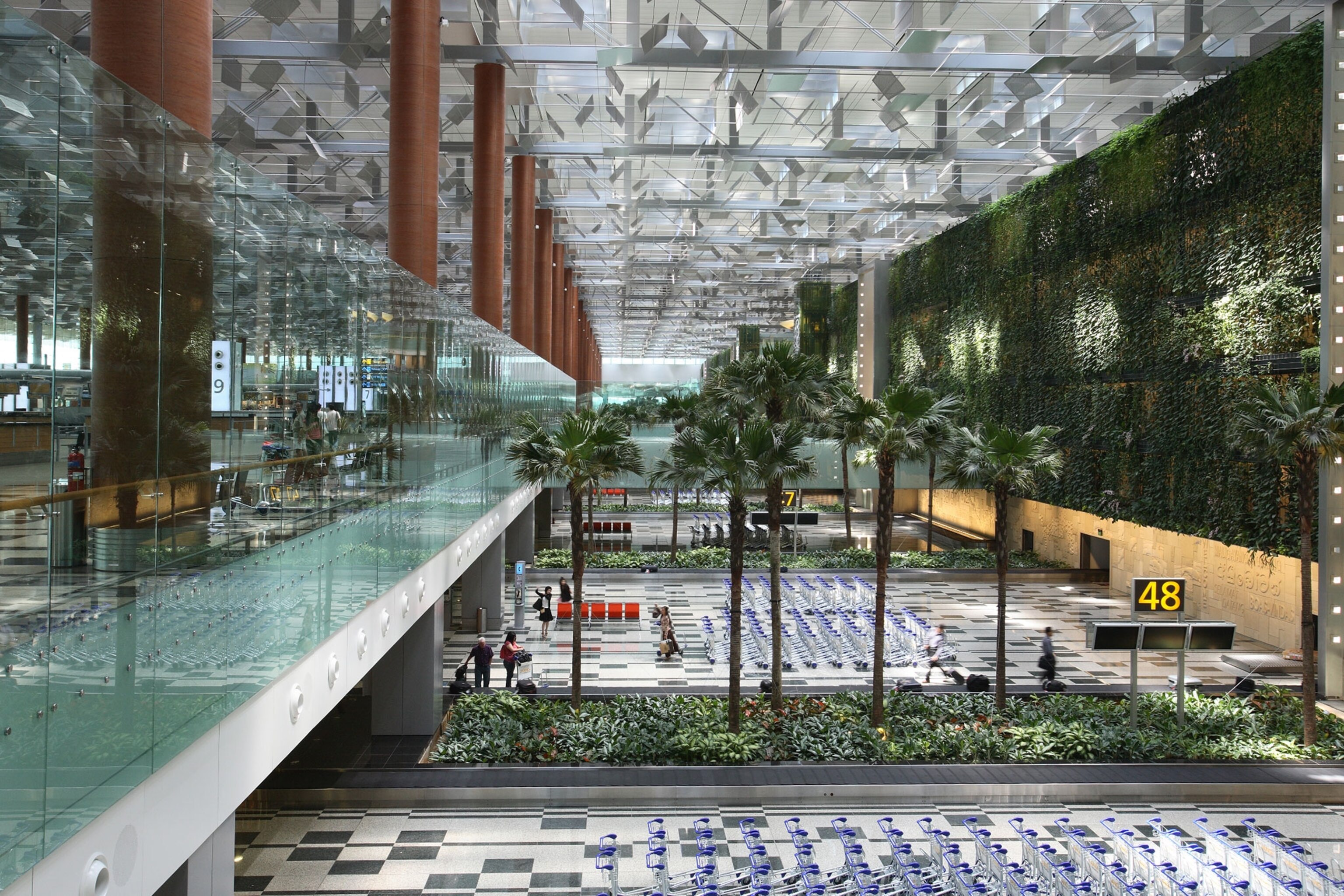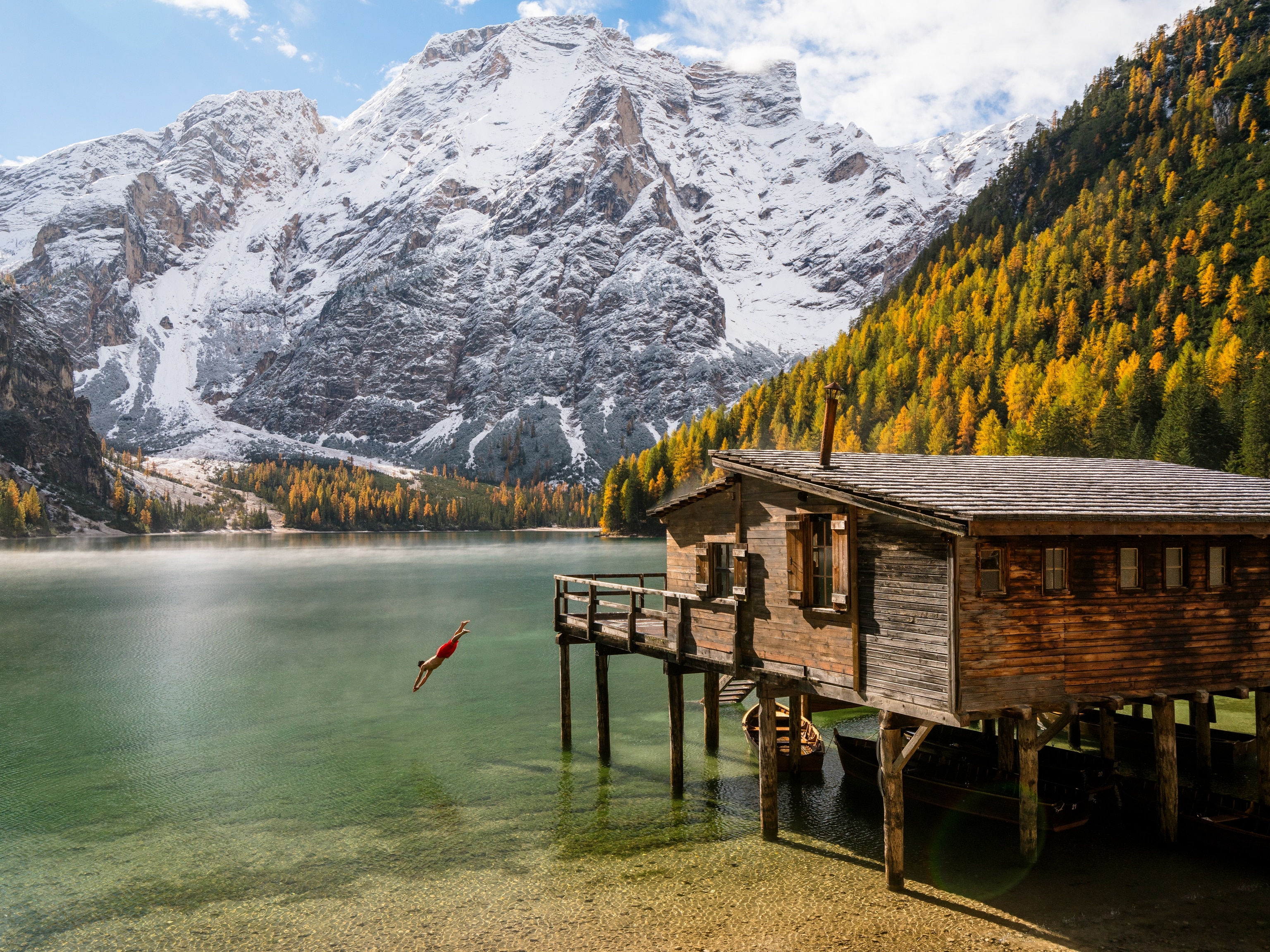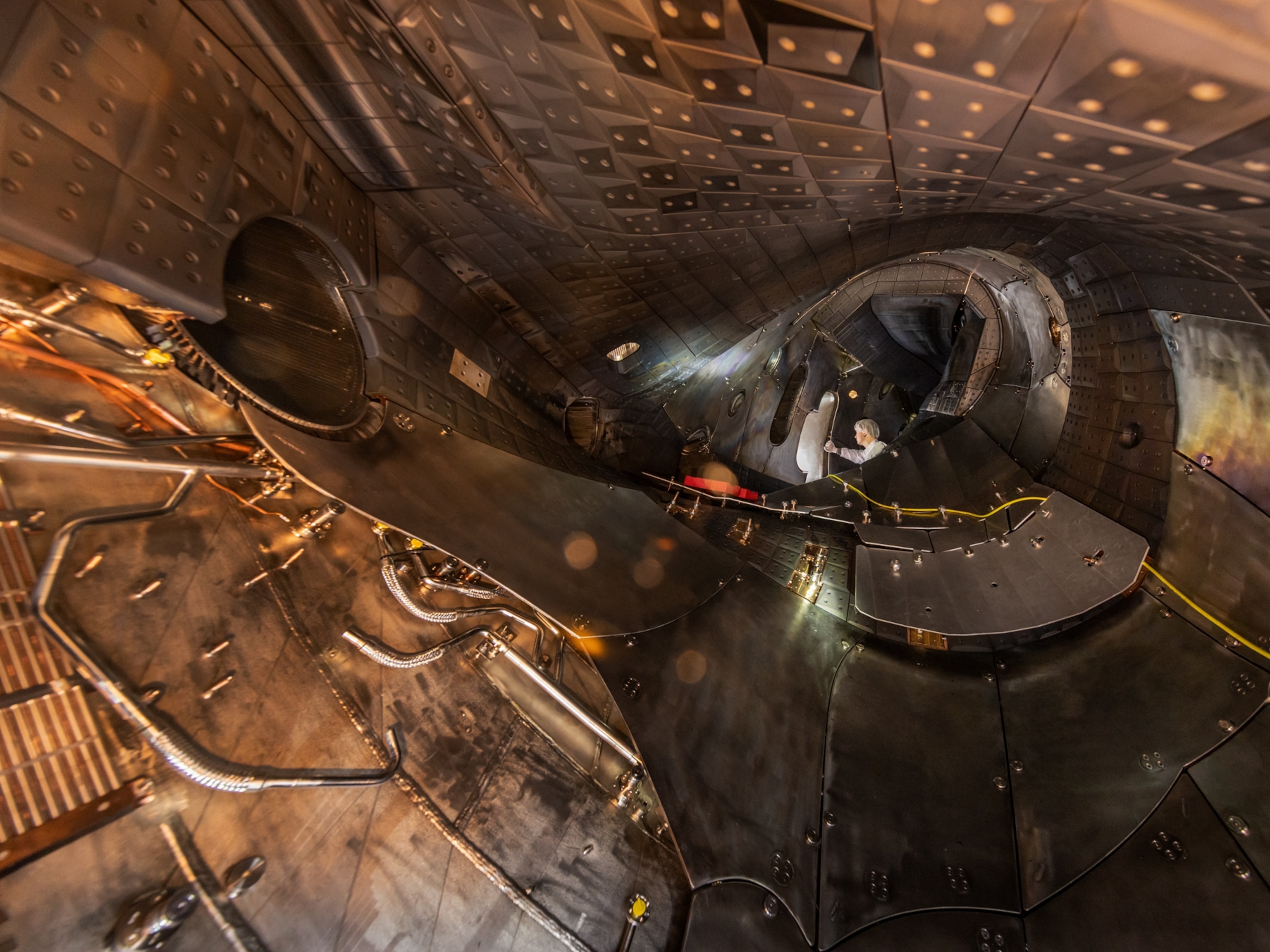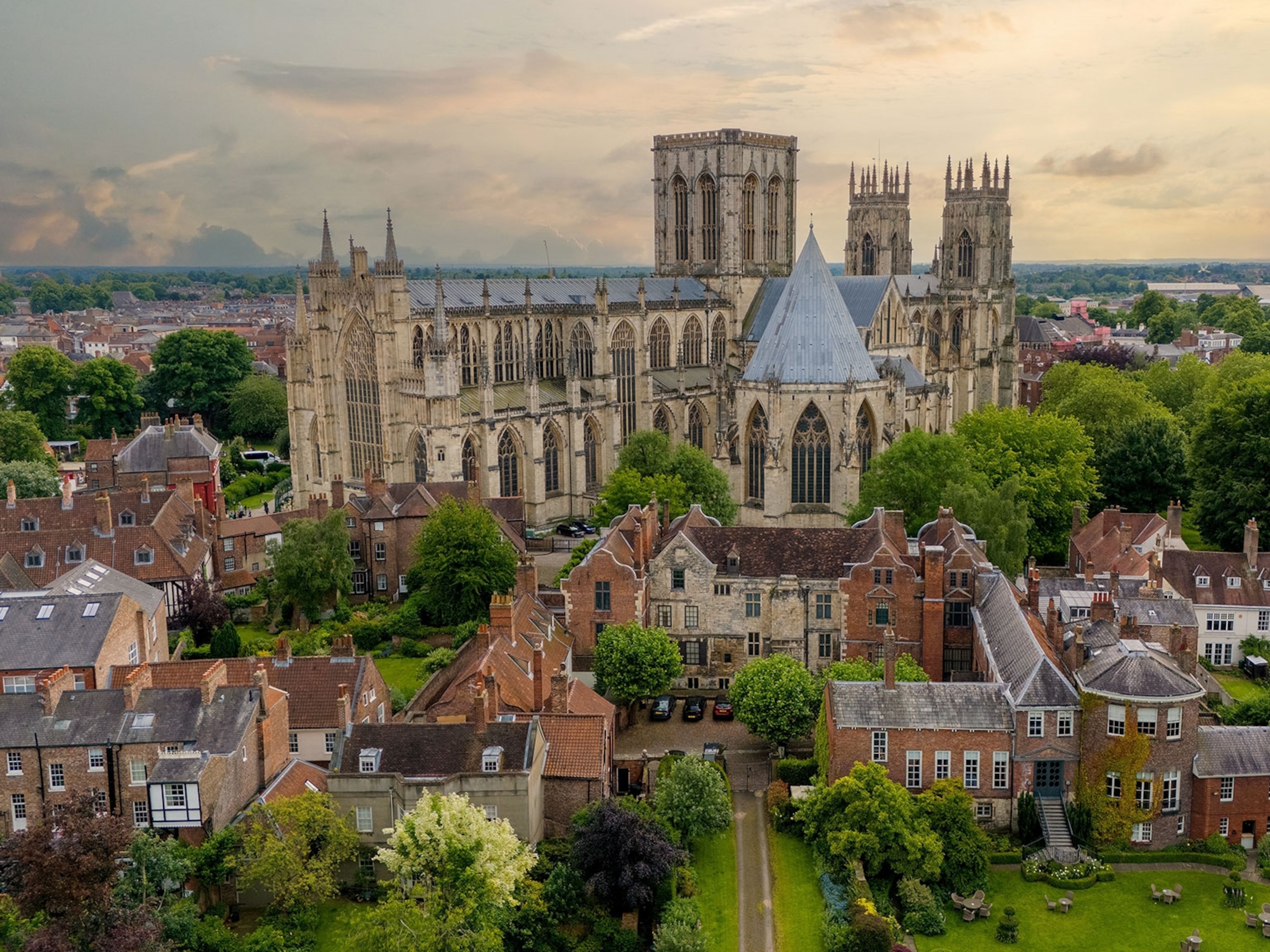10 Airports You’ll Actually Love
Airport architecture has evolved to reflect the culture of our cities—and more energy-efficient design.
With passenger numbers projected to double over the next 20 years, airports are expanding to meet the challenge with sleek new terminals, redesigned for the 21st century. Parks, gardens, movie theaters, spas, even an ice rink and a rooftop pool are among the amenities that can make a dent in that layover.
The ideal airport was once a place where curbside drop-off was as close to the tarmac as possible, says Curtis Fentress, a veteran architect who has designed 25 airports.
“Now airports are civic spaces,” he says. “As a gateway to a city or country, an airport is an opportunity for expression.“ Geography is often a muse. Fentress points to the Denver airport, where his firm’s tented roof mirrors the city’s mountainous backdrop. In Los Angeles, the coastal setting inspired the roof of LAX, imagined as a series of cresting waves.
For Seoul’s Incheon airport, Fentress spent weeks photographing the city’s historic and cultural sites and perusing markets, looking at traditional patterns and construction. His vision for Incheon’s structure was a modern riff on Korean temple design.
Korean-style gardens and local granite and steel were used in the space, and floors sourced from native wood. “We relate the building as much as possible to the place,” Fentress says. As for the user experience, Incheon consistently gets top marks from passengers for its cultural diversions and top-notch services.
The art of the airport isn’t just about the building. “Food and even music are a part of it,” Fentress says. With the rise of budget carriers and reduced services in flight, restaurants now feature prominently; regional wines, cuisine, and chains are another way airports impart a sense of the city, he says.
To keep their vast, complex spaces humming, airports can use as much energy as a city of 100,000. Designs now incorporate energy efficiency, particularly in the form of maximizing natural light and using the empty buffer zones around airports as solar “farms.”
[See more ways that airports and flight itself are becoming more fuel efficient.]
Check out Fentress’s designs in Seoul, Denver, and Seattle and seven others in our picks of innovative airports.
This article is part of our Urban Expeditions series, an initiative made possible by a grant from United Technologies to the National Geographic Society.


